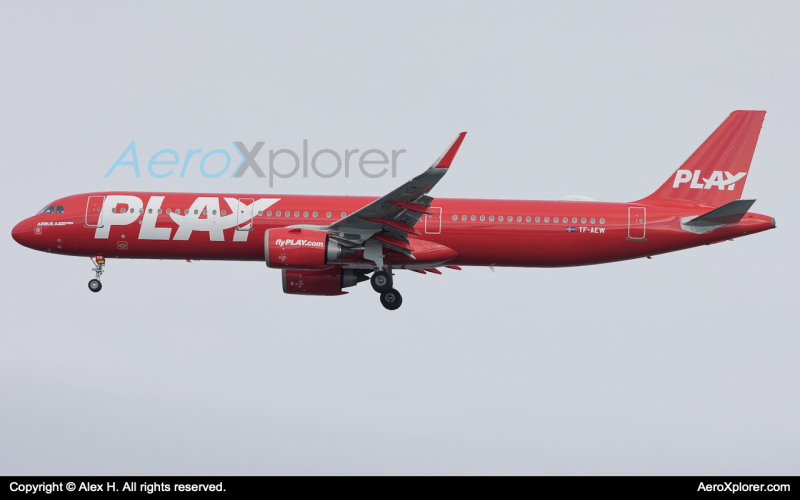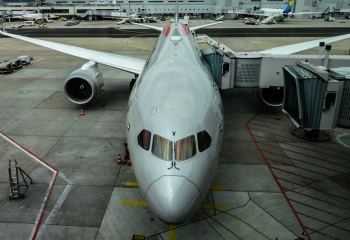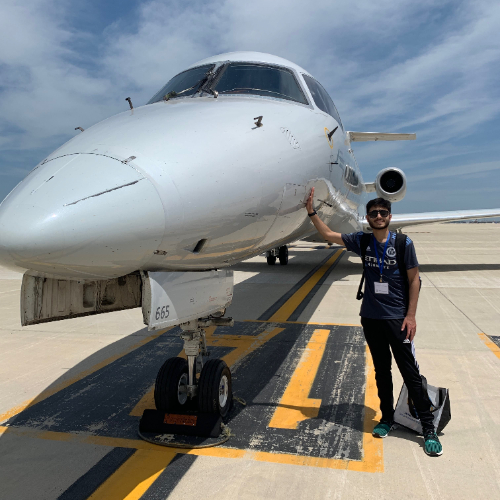Turbulence. Chances are that if you have ever taken a flight, you have faced turbulence in some way, shape, or form. There is no question that turbulence grabs the attention of everyone onboard a flight, some may enjoy it while some may be petrified.
Whatever your view on turbulence is will impact how you take the following news: turbulence is expected to get more common and intense.

Bumpier Flights
Firstly, let's introduce the idea of "clear-air turbulence". This type of turbulence is the most dangerous type because it can happen without warning.
Usually, aircraft instruments cannot predict clear-air turbulence, making it extremely dangerous. It can happen without warning. No bad weather or high wind is needed for clear-air turbulence to occur.
This type of turbulence is caused by wind shear. That is, sudden changes in wind speed usually associated with the jet stream. Isabel Smith, a meteorology Ph.D. student at the University of Reading in England, told Business Insider that clear-air turbulence has jumped 15% since 1979.
This is due to climate change. As greenhouse gas emissions like carbon dioxide increase, global temperatures as well. This causes the jet stream to carry more wind shear which, in turn, causes more turbulent conditions.
Paul Williams, professor of atmospheric sciences and advisor of Isabel Smith, found that clear-air turbulence in the Northern Hemisphere could triple in the next three to six decades. Therefore, as carbon emissions continue to climb and permeate our atmosphere, so too will turbulence.

Dealing With More Turbulence
The ability to predict the location, timing, and severity of turbulence has improved with technological advancements. This means that airline dispatchers can better route flights to give them the smoothest paths possible.
While clear-air turbulence can never be precisely predicted, dispatchers can use improved weather and turbulence prediction strategies to better route flights through areas that may least be impacted by it.
Artificial Intelligence, better known as AI, is a key player behind these improvements. By implementing machine-learning algorithms, flight dispatchers can better plan flight routings.
Such algorithms can find relationships between historical weather and turbulence observations. Those same algorithms can be run using the latest weather forecast to identify hazardous turbulent areas.
How will this affect passengers?
With the risk of increased and more severe turbulence on the rise, flight crews will have to be more cognizant of when inflight services should take place. As such, this may cause meal services to be canceled or curtailed (shortened) on specific flights.
Furthermore, the ability for passengers to get up, walk around, and use the restroom might be restricted as well. While turbulence can undoubtedly cause apprehension and discomfort among passengers, it is worth stressing that aircraft are built to withstand the harshest of turbulent air.
In recent history, turbulence has never brought down an airliner, let alone the 21st century. However, this is not to say that turbulence is not hazardous. According to the National Transportation Safety Board (NTSB), around 163 passengers have been seriously injured by turbulence since 2009.
For passengers who feel uncomfortable during turbulence, early-morning or late-night flights are the best choices as turbulence is less common during these times.
In any case, passengers should continue to heed the same flight crew warning that is heard before every flight. That is, to "always keep your seatbelt securely fastened even when the seatbelt sign is off."
Could You Survive a Plane Crash? The Unlikely Science of Plane Crash Survival » Bomb Threat Cancels Air New Zealand Flight, Delays Passengers » Emirates Dismisses Viral A330 Plane Crash Video as "Fabricated and Untrue" »
Comments (0)
Add Your Comment
SHARE
TAGS
INFORMATIONAL turbulenceturbulence getting worstturbulence getting worsehow turbulence is getting worseclear air turbulenceflyingfear of flyingturbulence plane crashRECENTLY PUBLISHED
 Could You Survive a Plane Crash? The Unlikely Science of Plane Crash Survival
With air travel consistently being heralded as the safest form of public transport, most of us do not board a plane pondering our chances of survival in the event of a crash. But, is it possible to survive one?
INFORMATIONAL
READ MORE »
Could You Survive a Plane Crash? The Unlikely Science of Plane Crash Survival
With air travel consistently being heralded as the safest form of public transport, most of us do not board a plane pondering our chances of survival in the event of a crash. But, is it possible to survive one?
INFORMATIONAL
READ MORE »
 Maldivian Airlines Introduces First-Ever Widebody Aircraft, Plans New China Flights
Maldivian, the government-owned national airline of the Maldives, has just welcomed its first-ever wide body aircraft: the Airbus A330-200. With the new aircraft, the carrier also plans brand-new long haul international flights to China.
NEWS
READ MORE »
Maldivian Airlines Introduces First-Ever Widebody Aircraft, Plans New China Flights
Maldivian, the government-owned national airline of the Maldives, has just welcomed its first-ever wide body aircraft: the Airbus A330-200. With the new aircraft, the carrier also plans brand-new long haul international flights to China.
NEWS
READ MORE »
 Thousands of Flights Impacted as Winter Storm Blair Hits U.S.
Winter Storm Blair has unleashed a huge blast of snow, ice, and freezing temperatures across the Central and Eastern United States.
As of Sunday afternoon, over 6,700 flights and counting have been disrupted. This includes cancelations and significant delays leaving passengers scrambling to change flights and adjust travel plans.
NEWS
READ MORE »
Thousands of Flights Impacted as Winter Storm Blair Hits U.S.
Winter Storm Blair has unleashed a huge blast of snow, ice, and freezing temperatures across the Central and Eastern United States.
As of Sunday afternoon, over 6,700 flights and counting have been disrupted. This includes cancelations and significant delays leaving passengers scrambling to change flights and adjust travel plans.
NEWS
READ MORE »





